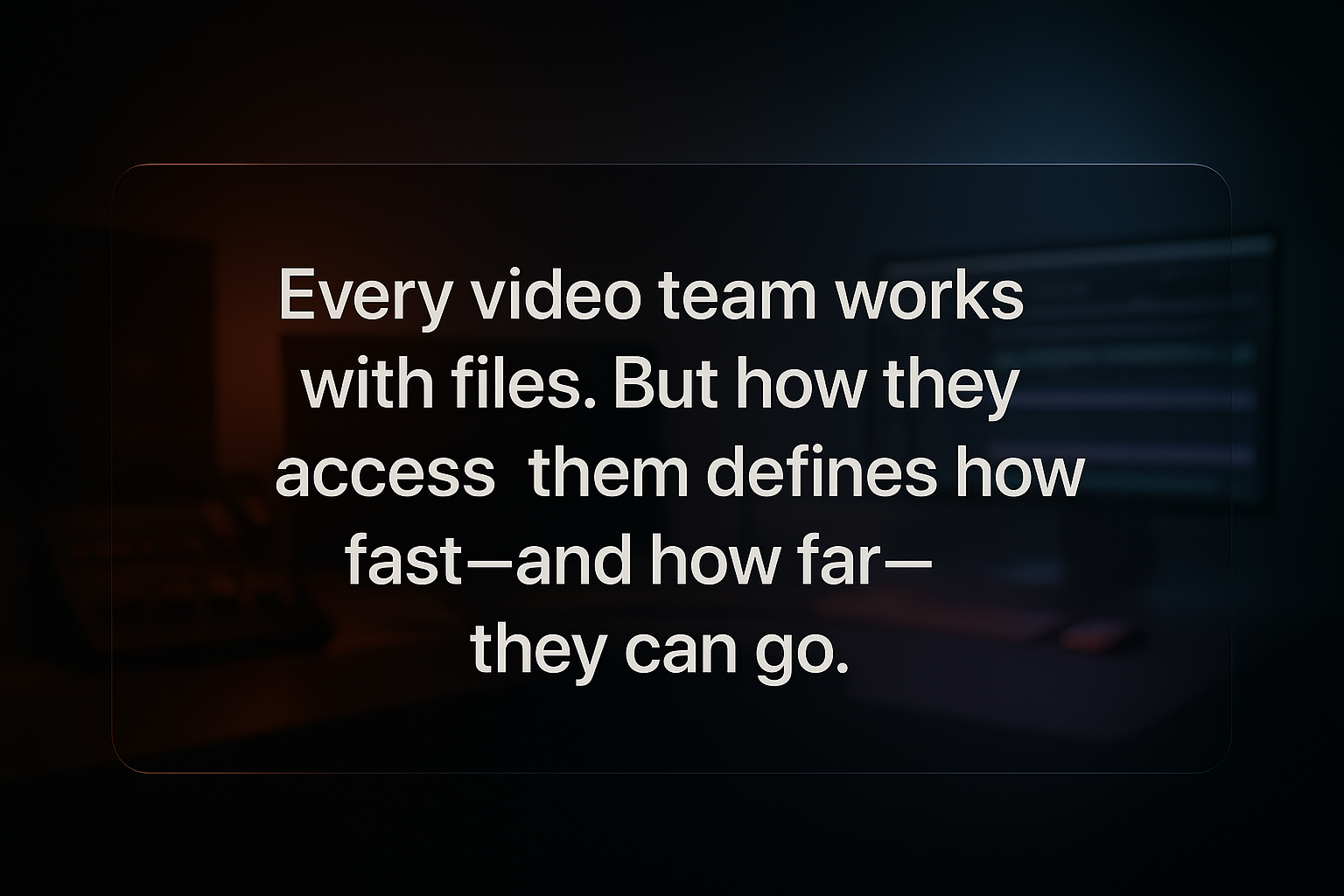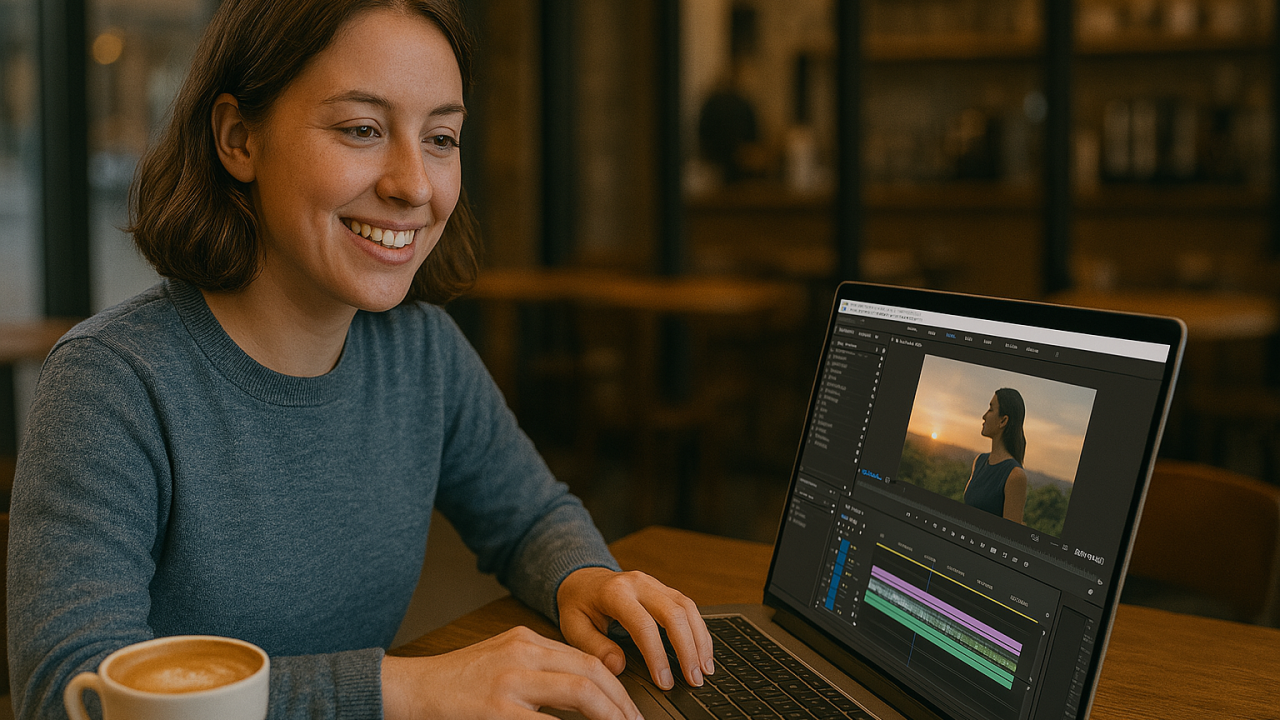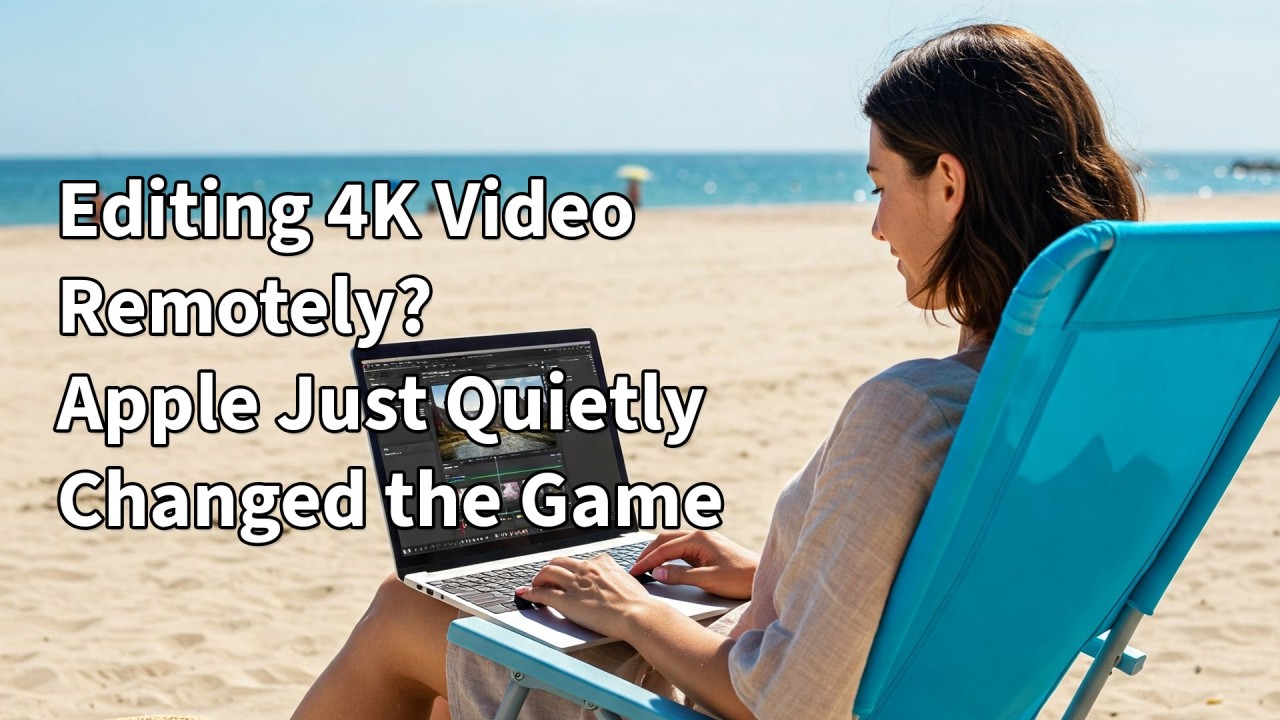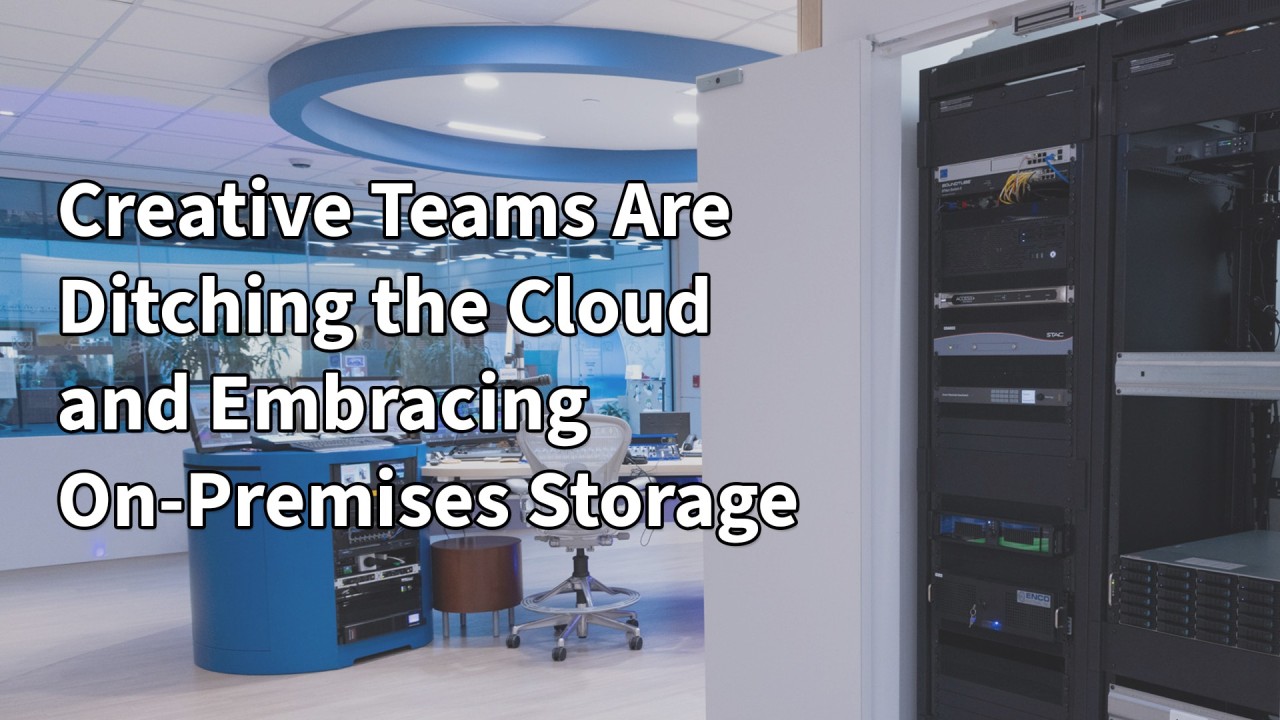
The True Cost of File Transfers: How Link Sharing is Transforming Creative Work
For video professionals, file transfers aren't just an inconvenience—they're stealing creative momentum. Here's how link sharing is eliminating the invisible tax on creativity.
Finding Flow: A Video Editor’s Perspective
We all know the feeling. You’re in the zone—timeline singing, ideas flowing. Every cut feels right. Then it happens: the storage shuffle. Maybe it’s hunting for a clip across multiple drives, waiting for files to copy, or the dreaded “disk full” warning. Just like that, your creative momentum screeches to a halt.
For years, I’ve been solving these problems for creative teams. My background isn’t just in product management—I was in the trenches, editing and color grading. I watched brilliant creatives get pulled away from their craft, not because they lacked ideas, but because their tools weren’t designed for them.
This isn’t about efficiency. It’s about restoring creative flow.
The Hidden Tax on Creativity
Picture this: It’s 7 PM, you’re about to head home, and tomorrow’s client review looms. What do you do? Copy the project to your portable drive (15 minutes), grab the source files (another 20), and don’t forget that folder of graphics the motion designer updated (where was that again?).
We’ve normalized this chaos, but should we?
Let’s break down what this actually costs:
- Small Team (1-2 People): ~23 hours per month lost to file management (almost three full workdays)
- Medium Team (3-5 People): ~73 hours per month (over nine full workdays)
- Large Team (10+ People): ~101 hours per month (two and a half workweeks)
This isn’t just inconvenient—it’s an invisible tax on creativity that most teams have simply accepted.
The Root Problem: We’re Still Making Copies
Every problem in modern video workflows comes back to one fundamental issue: we’re still making copies.
When you send a file through Google Drive or Dropbox, you’re making a copy. When you export a timeline for a colorist, you’re making a copy. When you manually download footage to work on, you’re making a copy.
And every copy introduces new problems:
- Versioning chaos (which one is current?)
- Wasted time (waiting for transfers)
- Broken links (constant relinking)
The fix is deceptively simple: what if you never had to make a copy again?
Link Sharing: What If Every File Was Just… There?
Here’s where creative.space’s instant link sharing comes in—not as revolutionary tech that demands you change everything, but as a simple solution to a daily headache.
Think of it like this: what if every file you needed was just… there? No copying, no waiting, no juggling drives.
The Old Way: 30+ Minutes Lost Per File
If an editor needs a file from a teammate:
- They request it via Slack or email
- The teammate finds it, uploads it somewhere, sends a link
- The editor downloads it, moves it to the right folder, imports it
- They start working—30+ minutes later
Multiply that by 10 files a day. Multiply that by a five-person team. Multiply that by weeks of production.
The result? Hundreds of hours lost.
The New Way: 0 Minutes Lost Per File
With link sharing without copies:
- The teammate sends a link
- The editor clicks it
- The file opens inside their software—instantly
That’s it.
No downloads. No imports. No wasted time.
How This Changes Everything: A Timeline
The best way to understand this transformation is to see how it unfolds over time:
Day One: The Small Things
“That’s it?”
That’s the first reaction most editors have. You click a link, and there’s the footage, right in Premiere or Resolve. No downloading, no importing, no waiting.
It feels wrong at first—your brain is so used to preparing for delays that you assume something must be broken.
Week One: Finding Flow State
After a week, you notice something odd. You’re getting home earlier, but getting more done.
You’re not spending the first hour of your day downloading footage. Lunch breaks aren’t dedicated to cleaning up drive space. You’re not staying late waiting for uploads to finish.
But the bigger change is in how you work. When technical interruptions stop breaking your concentration every hour, you find a rhythm. That flow state where you’re just in the story, in the cut? It used to happen maybe once a day, if you were lucky. Now it’s happening three, four times a day.
One Month In: The Team Dynamic
The real surprise comes during client reviews. When the director asks for a different version you tried last week, you don’t have to dig through old project files and reconnect media. You just pull up last week’s timeline—everything is there, exactly as you left it.
Suddenly, review sessions are about creative choices instead of waiting for files to load.
Six Months Later: The Creative Confidence
Something shifts in how you approach projects when technical limitations fade away. You start thinking bigger. Taking more creative risks.
That experimental transition you’re not sure will work? Just try it. Different grade on that sequence? Just do it. Want fresh eyes on a cut? Just share it.
You stop hearing “can’t” in your head:
- Can’t try that because there’s not enough drive space
- Can’t send that because the file’s too big
- Can’t attempt that because we don’t have time for all the file management
Now it’s just: what story do we want to tell?
One Year In: The New Normal
It’s funny how quickly you forget the old way of working. The thought of downloading footage begins to feel archaic—like being asked to edit with stone tablets.
But it also makes you realize how much your role has evolved. A year ago, you spent maybe 60% of your time actually editing. The rest was file management, technical housekeeping, workflow coordination.
Today? You edit. That’s it.
Why This Matters Now More Than Ever
The industry is changing rapidly:
- File sizes continue to grow exponentially
- Remote collaboration is the new normal
- Delivery timelines get shorter every year
- Client expectations rise constantly
The teams that eliminate workflow friction first will have an overwhelming advantage:
- They’ll edit faster
- They’ll deliver projects sooner
- They’ll operate at a scale others can’t match
This isn’t about saving a few minutes here and there. It’s about eliminating the hidden tax that’s been suffocating creativity for decades.
The Simple Truth
At its core, this transformation isn’t about technology. It’s about getting back to what matters—telling stories, crafting moments, creating something meaningful.
Link sharing itself is very simple. But its impact is profound. Because it doesn’t just save time—it changes how you think about your work. How you approach creativity. How you collaborate.
It lets you be what you always wanted to be: a creator. Not a file manager who also creates.
And that makes all the difference.
About the Author: Nick Anderson is Product Manager at creative.space, working to help creators focus on what they do best—create.


